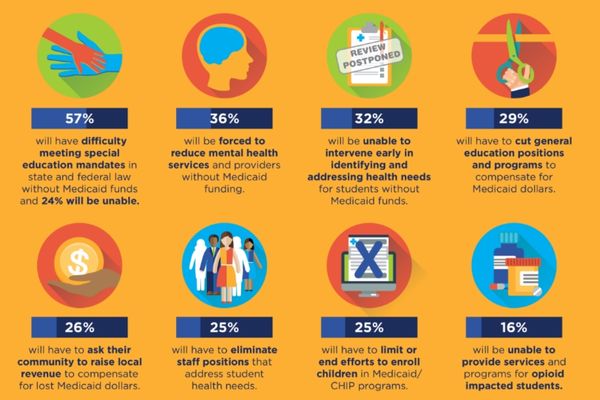Redoubling Attention to Staff and Student Needs
June 01, 2021
Executive Perspective
For many school districts, June marks the conclusion of what undoubtedly has been one of the most challenging years for education.
A year ago last March, most districts had shut down due to the COVID-19 pandemic. Early expectations were that,
by the beginning of the new school year, the situation would be under control and districts would be able to resume instruction. That, of course, did not happen and for the duration of the 2020-21 school year remote instruction and hybrid programs
prevailed over in-person learning.
As we look forward to this next school year, superintendents are tasked with planning for accelerated learning to address learning loss. We are hopeful many of the changes forced by the pandemic will result
in permanent changes in our schools. This summer, many districts will be offering instruction in advance of what would otherwise be the usual school opening date. Some are considering moving to a year-round schedule and abandoning the traditional
September to June calendar.
Remote learning will continue as a supplement to in-person instruction, available after school hours, on weekends and holidays, and during inclement weather days. Many districts also will continue to offer remote
instruction as an alternative to in-person learning. States will be reconsidering seat-time requirements and school calendar mandates. Remote learning also will be a necessary backup for potential COVID-19 breakouts in schools.
Learning Acceleration
A major consideration, perhaps as important if not more so than accelerated learning, will be the social and emotional well-being of students and staff. The 2020-21 school year has been stressful and will carry lasting implications. The increase in suicidal
tendencies among school-aged children, increases in drug usage and chronic absenteeism suggest these issues must be prioritized before we jump to the academic priorities. The stress that school staff has endured has led to increases in retirements
and resignations among teachers and administrators.
In my regular dealings with our superintendents, I have sensed the stress they are under. Our state association executives are reporting the increase in retirements and resignations.
Along with the changes that the pandemic may bring about as to how we educate our students, there is an opportunity to change how we deal with the social and emotional needs of students and staff.
The focus on students suggests
a whole-child approach. The report from the AASA-assembled National Commission on Student-Centered, Equity-Focused Education recognizes social, emotional and cognitive growth as essential components of a new vision for our public schools.
Three years ago, the National Commission on Social, Emotional and Academic Development made the same point but the transition from vision to practice has been slow.
The concerns over the learning loss due to school closings and
the move to remote learning have created conflict over whether the priority should be to accelerate learning or first provide for the social and emotional needs of our students.
In her article in the September 2018 issue of School Administrator,
Linda Darling-Hammond wrote: “Decades of research confirm that students’ social, emotional, cognitive and academic development are deeply intertwined and vital for student learning. When we help students to engage productively with one
another, understand themselves and how they think, and better handle the stresses and challenges in their lives, we prepare them for success now and in the future.”
In the closing keynote at this year’s AASA National Conference
on Education, Darling-Hammond made it clear that social-emotional learning is the pathway to academic achievement. Learning, she said, is a social activity and the social interaction that takes place between student and teacher is critical to learning.
Consequently, as students return to in-person instruction, it is desirable that teachers focus on establishing the relationships with their students that will help reduce the stress and anxiety they have felt during the pandemic.
Personal Support
Superintendents also have had to endure significant levels of stress and anxiety:
- Battles in their communities over how and when to reopen schools, struggles to ensure that sufficient staff members would be available for in-person instruction,
- Insufficient budgets to implement the mitigating protocols necessary to ensure the safety of students and staff in the schools, and
- The lack of clarity and uniformity in the guidelines from health agencies on the desirable metrics to guide opening or closing decisions.
To help support our colleagues, AASA has implemented sessions inviting superintendents to come together to share the issues they face and learn the strategies that will help them reduce the anxiety and stress they face.
@AASADanAuthor
Advertisement
Advertisement
Advertisement
Advertisement




